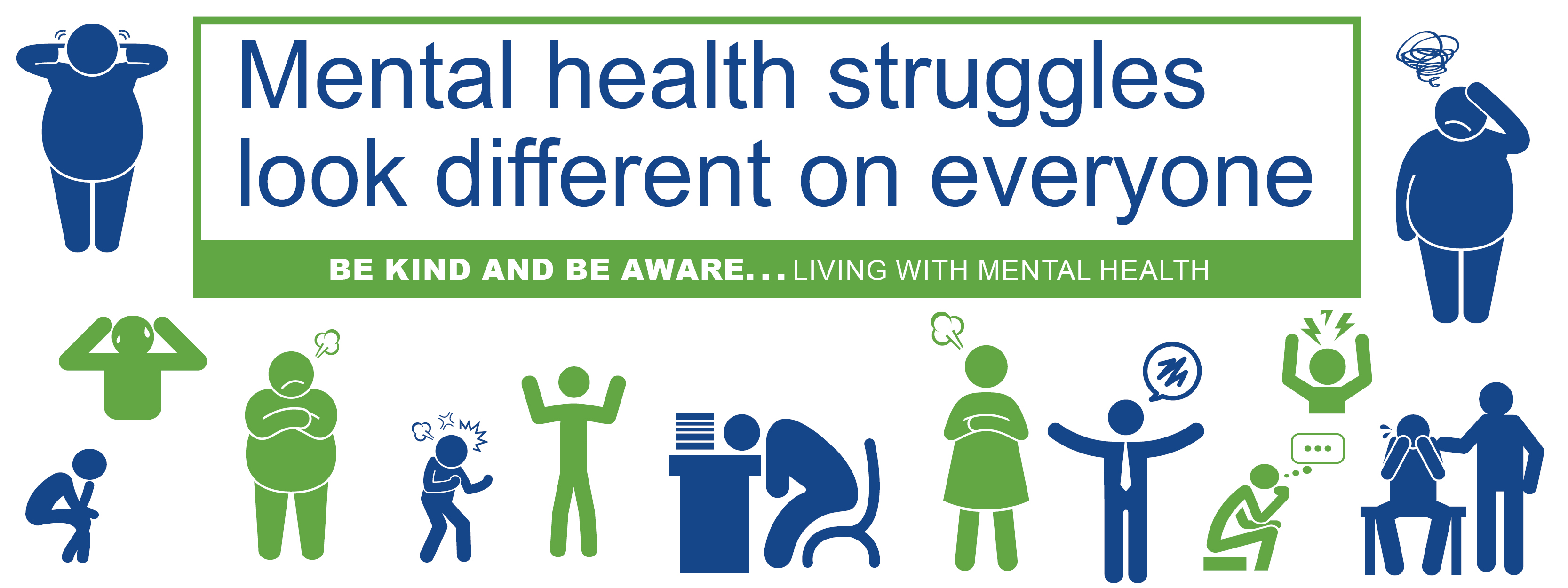
It’s often not hard to tell when someone has a physical injury or impairment. Bruises, casts, and crutches are easy to see, and who among us would even think twice about offering help or accommodation to someone who’s hurt? Mental illness isn’t as easy to see, but millions of Americans experience serious mental illness. In fact, one in 20 adults experiences a serious mental illness each year.
Mental illnesses are disorders that affect someone’s mood, their thinking, and their behavior. Terms like anxiety disorder, bipolar disorder, psychosis, and schizoaffective disorder aren’t things to be afraid of—they’re illnesses that can be treated and successfully managed. With the right support, living safely with mental illness is just as possible as it is to live with a chronic illness like diabetes.
People experiencing mental illness aren’t ill because they did something wrong, and they can’t just “snap out of it” any more than someone can “snap out of” having asthma, or Parkinson’s Disease, or osteoporosis. And just because you can’t necessarily see the symptoms of mental illness, that doesn’t mean that they aren’t real and challenging to those afflicted.
How can you help? A mental health diagnosis can all too often cause an individual to experience discrimination, bullying, and being feared or ostracized. We all can work on our understanding of mental illness and on being more kind and welcoming to those who experience it. This month, we’ll share some tips and strategies on social media.
Click here for helpful information for family members and caregivers from the National Alliance on Mental Illness